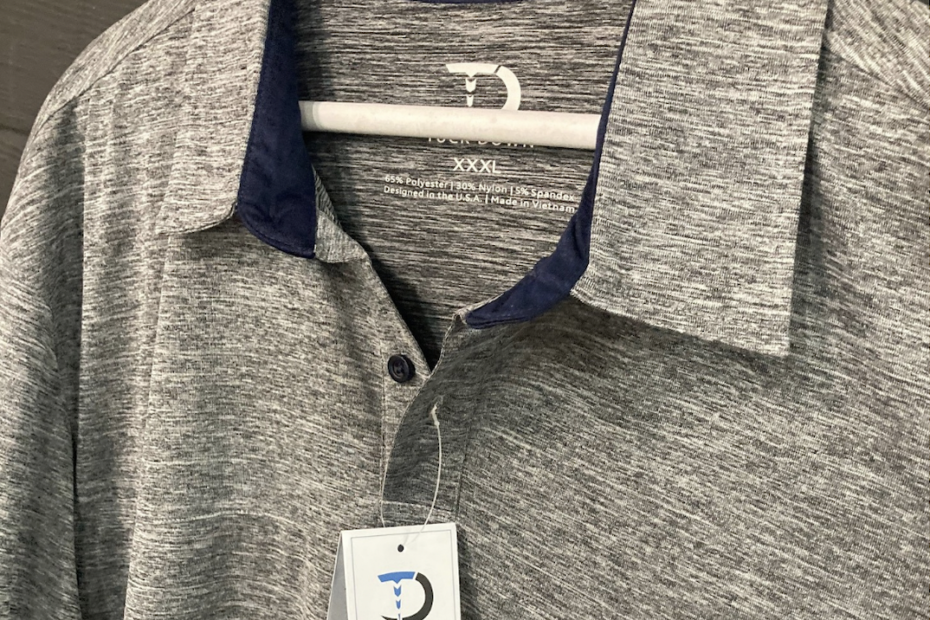There are many phases to the design and development process, and each plays a crucial role in the outcome of a successful product. My personal favorite is the prototyping phase. This is the phase that comes along after you have done your product and market research and Ideation. The phase where you see your ideas and concepts come to life. It can be the longest phase of the process or it can go relatively smoothly, where it ends up being one of the shorter steps. Usually it takes at least a few iterations, testing and time to develop a solid prototype– that is the art of prototyping. It’s all about problem solving, organization, discipline, communication and input, and working your way to achieve the perfect design.
When prototyping new Ideas and concepts, there are traditionally 3 phases to go through to reach the final design: low fidelity, mid fidelity and high fidelity prototyping. For this blog I’ll be referring to the process when prototyping bags and other soft goods.
After comprehensive background research in the product’s market, price point, and understanding the client’s vision for the product, as well as sketching and outlining features and possible innovations, understanding the architecture and functionality, benefits, possible materials and general raison d’etre for the product, the prototyping process can begin. We generally encourage new clients to do as much of this initial setup as possible to the best of their capabilities. Any sketches, style sheets, market/product research that can be done beforehand provides a huge benefit, and allows us to get a good running start.
1. Low Fidelity Prototype
Low fidelity prototyping is all about turning that 2D concept into a 3D tangible object. Sometimes that might mean using cardboard, an old shirt, duct tape and sharpies to construct a basic form. This form will give you your first initial insight into how this product is going to look. At first you might think that this is a waste of time and almost childish to start with paper cutouts and tape, but this is often the fastest way to create a 3d rendition of your concept full scale or possibly even half scale. This will give you your first look into the practicality of your initial ideas.
With this low fidelity prototype, you may notice things that hadn’t crossed your mind initially. For example, you may notice that your design may look incredible on paper but may not be very practical in real life production. Oftentimes these small adjustments can save you hours in the mid to high fidelity phases.
2. Mid Fidelity Prototype
Mid fidelity prototyping: Here we begin to play with textiles, fabrics, notions and hardware to get a better understanding of what the final product is going to look like. During the entire design process, you are continually thinking about what materials to use, what notions would fit the best, how things are going to drape, feel, reflect and general component synthesis.
Now that you have a functional prototype, it’s time to start field testing. Are the materials that you have chosen going to fulfill the needs you have envisioned for them? Is the prototype structurally sound? Does it tug on one area more than another? After analyzing every aspect of the prototype, 9 times out of 10 there are adjustments to be made. Because of this, this phase of the process often takes the longest. There have been times where I have gone through up to 5 different mid fidelity iterations before I landed on the one I and the client were both happy with. On every project however, we attempt to streamline the process as much as possible, and excellent communication between client and designer is critical.
3. High Fidelity Prototype
Finally, the high fidelity prototype. Once the fabrics, hardware, and notions are mostly figured out, and the design has been dialed in, it’s time to create the high fidelity iteration. Now, if you jump into the high fidelity prototype too soon, and you have not worked out all of the kinks beforehand, you will be wasting time and money on creating a beautiful prototype that will have to be redone anyways.
The hi-fi prototype is what the client has been looking forward to ever since you had that first consultation months prior. This prototype is what you will be sending to the factory for reference if you are looking to have it mass produced. It can also be a reference for you if you decide to make more for family and friends on your own.
Conclusion
The prototyping process is an artform that takes patience, problem-solving, time management, stress management and the willingness to stay fluid and open minded to new ideas. In many ways the prototyping phase is the most rewarding phase in the design and development process. It goes hand in hand with tech pack development, and depending on the product and goals of the client, can be developed concurrently with the tech pack to get to production as quickly and efficiently as possible.
There are few things out there that compare to seeing an idea go from a sketch on a piece of paper to a fully functional product that finds a home in the consumer market and improves people’s lives, as well as helps the client’s business and bottom line.
Tony Thaxton – Designer
